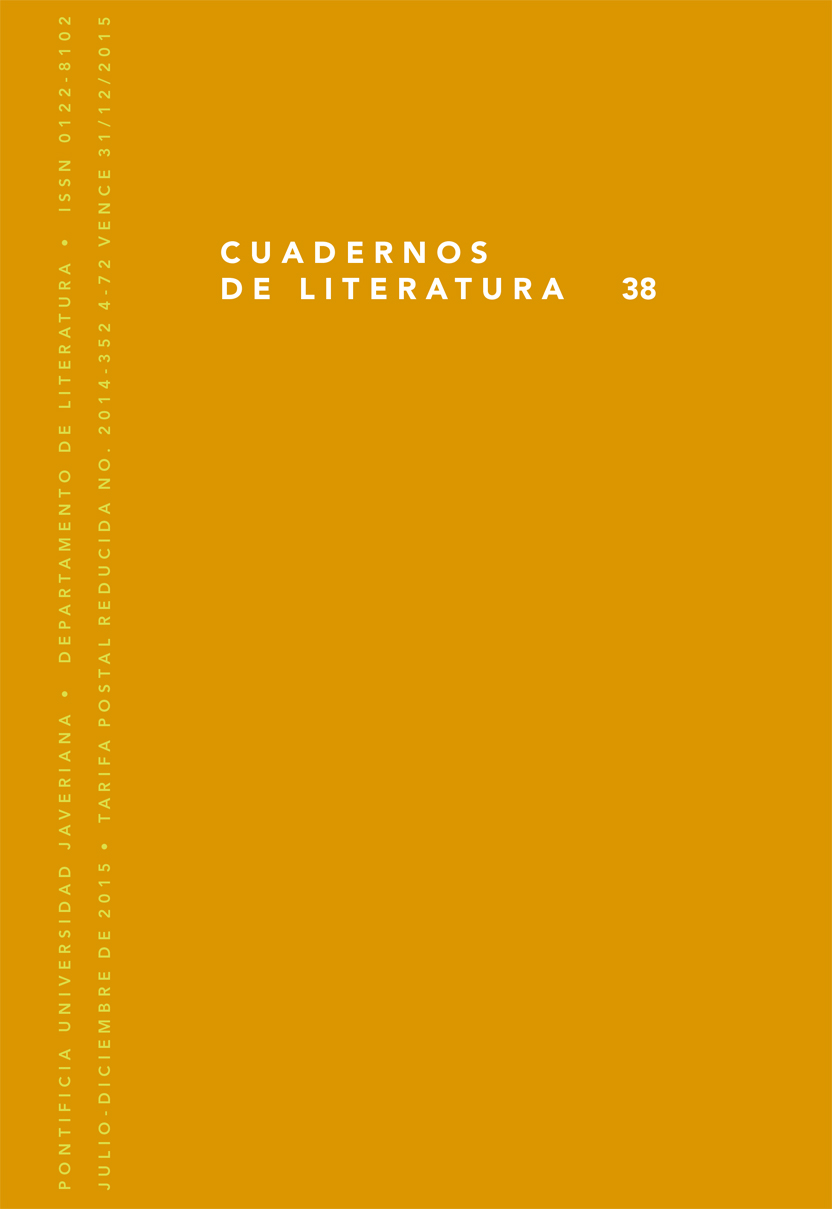Abstract
Este artículo explora la política de la forma poética en la obra de Néstor Perlongher en el contexto de la última dictadura militar argentina. En primer lugar, se analizan las operaciones de apropiación y adaptación que el poeta, antropólogo y militante argentino realiza sobre el neobarroco cubano de Lezama y Sarduy, a la hora de implantar en el Río de la Plata una poética que Perlongher llamaría “neobarrosa”. Luego se estudia la fascinación de Perlongher por los cadáveres nacionales, desde Eva Perón hasta los desaparecidos, y se postula que frente a la opción militante, el argentino se inclina por una necropoética. Así, formas y tradiciones dadas por muertas se levantan como zombis, y en ese énfasis en la corporeidad del lenguaje, Perlongher no sólo pone el cuerpo políticamente sino que les devuelve materialidad a los cuerpos borrados de los desaparecidos.Cuadernos de Literatura is registered under a Creative Commons Attribution 4.0 International Public License. Thus, this work may be reproduced, distributed, and publicly shared in digital format, as long as the names of the authors and Pontificia Universidad Javeriana are acknowledged. Others are allowed to quote, adapt, transform, auto-archive, republish, and create based on this material, for any purpose (even commercial ones), provided the authorship is duly acknowledged, a link to the original work is provided, and it is specified if changes have been made. Pontificia Universidad Javeriana does not hold the rights of published works and the authors are solely responsible for the contents of their works; they keep the moral, intellectual, privacy, and publicity rights.
Approving the intervention of the work (review, copy-editing, translation, layout) and the following outreach, are granted through an use license and not through an assignment of rights. This means the journal and Pontificia Universidad Javeriana cannot be held responsible for any ethical malpractice by the authors. As a consequence of the protection granted by the use license, the journal is not required to publish recantations or modify information already published, unless the errata stems from the editorial management process. Publishing contents in this journal does not generate royalties for contributors.


